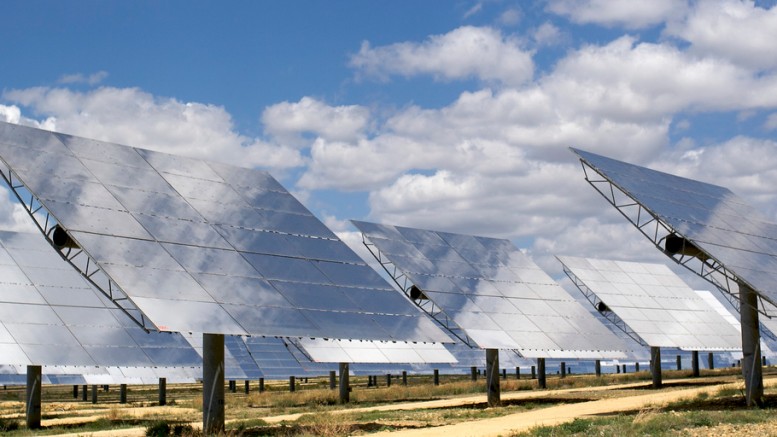In the never ending list of Renewable Energy failing, the Spanish Giant which received billions in U.S. taxpayers money has filed for Bankruptcy.
The assets will be sold off for pennies on the dollar, taxpayers will be stuck footing the bill, and the new owners will be able to operate the plants not encumbered with the huge mountain of debt needed to implement an old technology that can not compete against the modern marvels of the 20th century let alone the 21st century.
Abengoa: Another Story Of Sudden Insolvency | The Corner
Abengoa: Another Story Of Sudden Insolvency
TOPICS:AbengoaAbengoa BankrupcyAbengoa InsolvencyBankrupcy In SpainPescanova

POSTED BY: FERNANDO BARCIELA 30TH NOVEMBER 2015
Fernando Barciela | Throughout this current year, 99 companies across the world have defaulted, the second highest figure in the decade after the 2009 crisis, according to S&P. Spanish firm Abengoa could be added to the list.
Everyone with inside knowledge in Spain knew that Abengoa had some financial troubles: but this didn’t mean they bet the company would find itself, as it has done, in such a serious situation as pre-insolvency protection. Or even end up being the largest bankruptcy in Spanish history.
Another person who didn’t expect such a terrible outcome is Obama. His administration awarded the company about $2.7 billion for two majors projects — the Solana Generating Station in Arizona and the Mojave Solar Project in California. Republicans and other critics of renewables were short of time to remind Obama of his previous failure with Solyndra in 2011. This left taxpayers responsible for more than $530 million. These people reminded the President that the administration’s meddling in the energy sector leads to disaster for taxpayers.
The assets will be sold off for pennies on the dollar, taxpayers will be stuck footing the bill, and the new owners will be able to operate the plants not encumbered with the huge mountain of debt needed to implement an old technology that can not compete against the modern marvels of the 20th century let alone the 21st century.
Abengoa: Another Story Of Sudden Insolvency | The Corner
Abengoa: Another Story Of Sudden Insolvency
TOPICS:AbengoaAbengoa BankrupcyAbengoa InsolvencyBankrupcy In SpainPescanova

POSTED BY: FERNANDO BARCIELA 30TH NOVEMBER 2015
Fernando Barciela | Throughout this current year, 99 companies across the world have defaulted, the second highest figure in the decade after the 2009 crisis, according to S&P. Spanish firm Abengoa could be added to the list.
Everyone with inside knowledge in Spain knew that Abengoa had some financial troubles: but this didn’t mean they bet the company would find itself, as it has done, in such a serious situation as pre-insolvency protection. Or even end up being the largest bankruptcy in Spanish history.
Another person who didn’t expect such a terrible outcome is Obama. His administration awarded the company about $2.7 billion for two majors projects — the Solana Generating Station in Arizona and the Mojave Solar Project in California. Republicans and other critics of renewables were short of time to remind Obama of his previous failure with Solyndra in 2011. This left taxpayers responsible for more than $530 million. These people reminded the President that the administration’s meddling in the energy sector leads to disaster for taxpayers.
